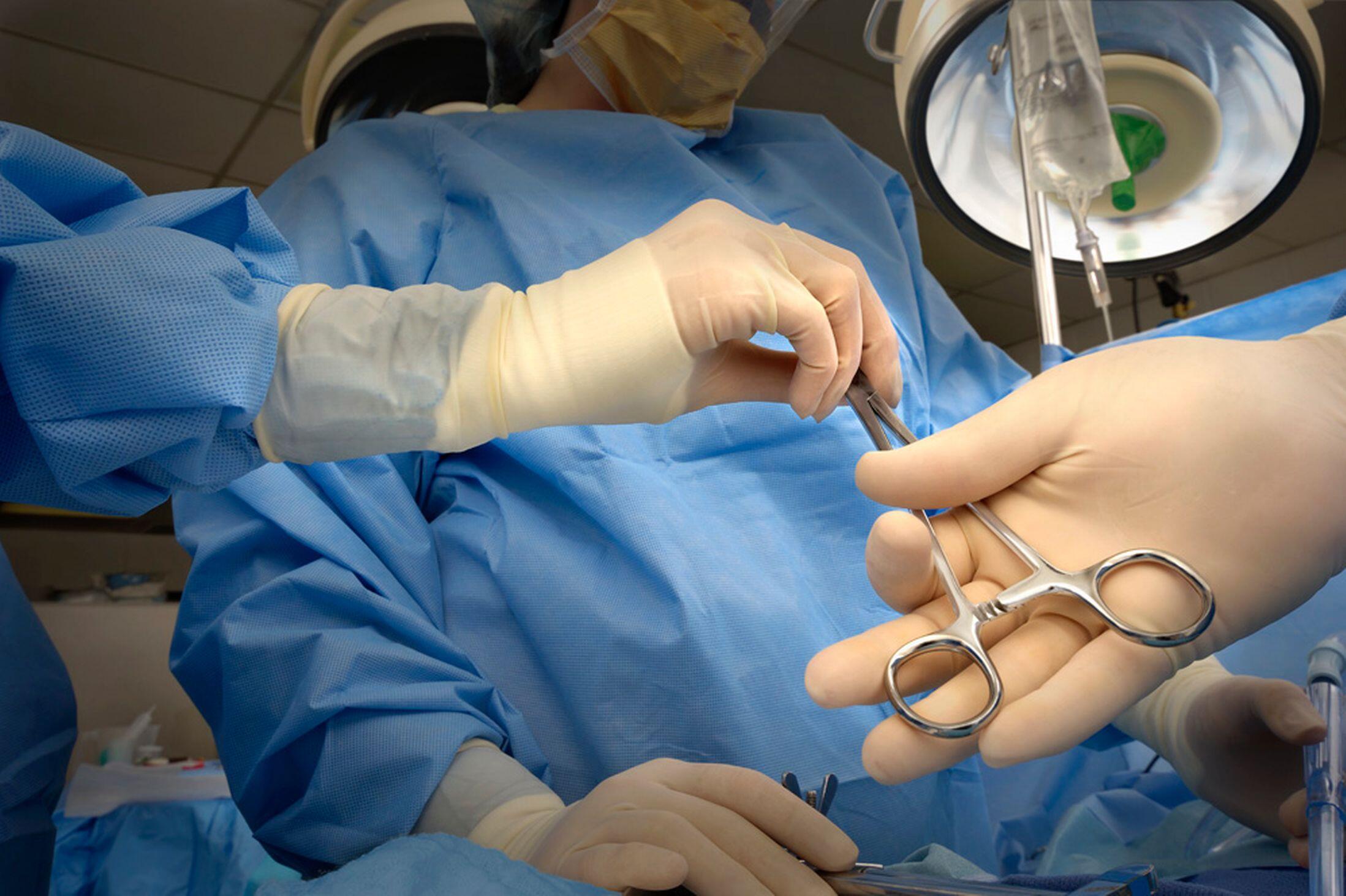Under the surgical lights in the operating room, before the first incision is made, the patient's fate is already determined by a often overlooked detail—the sterile surgical drape covering the incision site. It serves not only as a physical barrier but also as a critical line of defence against deadly microorganisms. Every upgrade in
surgical towel material represents another reduction in the risk of patient infection.
1. The scientific secrets of surgical drape materials: more than just ‘fabric’
Core Barrier: Microbial Barrier Efficiency >99.9%
An excellent surgical drape is far from ordinary fabric. It must pass rigorous testing, with microbial barrier efficiency reaching nearly absolute levels. This means that when faced with blood, bodily fluids, or even viral challenges, it forms an impenetrable barrier, minimising the risk of surgical site infection.
Material Evolution: From Cotton Yarn to High-Performance Synthetic Materials
Traditional cotton yarn surgical drapes see a significant drop in barrier function after absorbing fluids. Modern mainstream surgical drapes use spunlace non-woven fabric materials, such as SMMS structure (spunbond-meltblown-meltblown-spunbond), where the meltblown layer forms a dense mesh structure, serving as the physical foundation for ultra-high microbial barrier efficiency. High-end materials further integrate hydrophilic/hydrophobic treatments to balance protection and comfort.
2. Sterile Protection: The Lifeline of Surgical Drapes, with Zero Tolerance for Compromise
Sterile at the Factory:
Every surgical drape must undergo strict sterilisation before leaving the factory and is sealed within a sterile barrier system. It is ready for use upon opening, ensuring the absolute reliability of sterile protection during surgery.
Barrier Integrity During Surgery: Dual Tests of Tear Resistance and Liquid Penetration Resistance
Surgical drapes must withstand surgical traction, instrument pressure, and continuous exposure to fluids (blood, irrigation solutions). Their tear resistance strength and hydrostatic pressure values are critical indicators for maintaining the integrity of sterile protection during surgery.
3. Eco-friendly medical supplies: A win-win choice for responsibility and efficiency
Ending the ‘single-use equals pollution’ dilemma: Breakthroughs in biodegradable materials
Traditional PP non-woven fabrics take centuries to degrade. Cutting-edge environmentally friendly surgical drape materials use
bio-based materials such as PLA (polylactic acid), which can fully degrade within months under industrial composting conditions, significantly reducing the burden of medical waste.
Carbon reduction across the entire lifecycle: the value of green choices
From raw material production (e.g., using renewable plant resources), manufacturing energy consumption control, to waste disposal, environmentally friendly medical supplies significantly reduce the carbon footprint. Choosing such products is a direct manifestation of hospitals fulfilling their ESG responsibilities.
4. Procurement decision-makers, please evaluate your surgical drapes as follows:
Protective performance is the foundation: verify the microbial barrier rate report, with values clearly exceeding 99.9%.
Sterility assurance is a prerequisite: Confirm the sterilisation method and validity period; packaging integrity is critical.
Environmental attributes are a trend and a responsibility: Prioritise environmentally friendly medical supplies with biodegradable certification; pay attention to material composition (e.g., PLA content).
Clinical applicability is key: Evaluate absorbency, fit, anti-static treatment, etc., to ensure smooth and comfortable medical procedures.
The silent guardian of surgical drapes: where technology, safety, and responsibility converge
Under the surgical lights in the operating room, each surgical drape serves as the first physical barrier protecting patients from infection risks. Innovations in surgical drape materials have pushed microbial barrier rates to over 99.9%, integrating sterile protection into every fibre; the rise of eco-friendly medical supplies extends the responsibility of safeguarding life from the operating table to the future of the planet. This is not merely an evolution of materials but a profound resonance between medical safety and sustainable development principles—the highest level of protection should embody reverence for both life and the environment.


